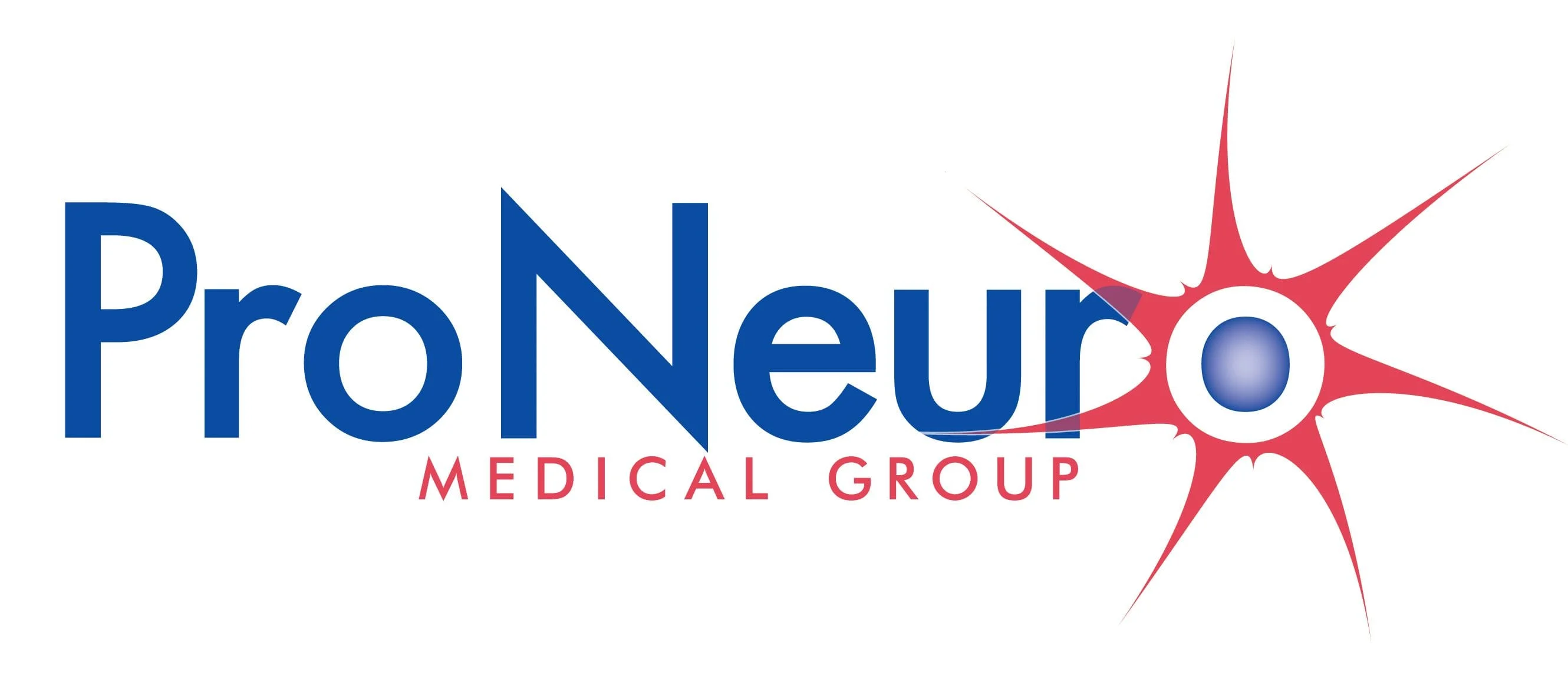Repetitive stress injuries are typically very difficult to treat successfully. These injuries are the result of actions done repeatedly, frequently, and consistently over time. They've taken a long time to build up and, therefore, the healing process also requires a fair amount of time. Shin splints, iliotibial band syndrome, and rotator cuff syndrome are examples of common repetitive stress injuries. These problems are also known as overuse injuries. Tennis elbow is another common injury that is likely caused by repetitive stress.
Tennis elbow usually involves pain on the outer bony surface of the elbow joint (the lateral epicondyle). A variant involves pain on the inner surface of the elbow (the medial epicondyle). Regardless, tennis elbow pain interferes with many activities, not only those involving tennis and golf. Even the simple act of firmly twisting the lid on a difficult-to-open jar can cause significant pain. Driving for more than 30 minutes and prolonged keyboard activity are other examples of activities that may become quite troublesome when one is hampered by tennis elbow. Treatment usually involves rest, anti-inflammatory medications, and even injections of steroid compounds.1,2 But such treatments tend not to provide more than short-term relief. Ultimately tennis elbow may be frustrating and disheartening, as there doesn't appear to be an effective solution.
More useful treatment for repetitive stress injuries involves directly addressing the source of the problem. In the case of tennis elbow, mechanical issues in the forearm itself need to be corrected. For those whose painful elbows are in fact caused primarily by tennis or golf, focusing on sound technique will often help to provide significant relief. For example, in both sports, if lines of force generated by the arm muscles and lines of force generated by the forearm muscles cross at the elbow, significant pain is likely to develop over time. Learning how to generate parallel lines of force will help solve the problem, and such a solution may require the services of a coach.
For the rest of us, there are additional specific solutions. First, trigger points in the major forearm muscle bundles need to be treated.3 Trigger points in themselves may be very painful, and a trigger point also causes chronic fatigue in the muscle of which it is a part. When you try to use such a pre-fatigued muscle, damage to the muscle fibers and the tendon may result. Over time the involved region, such as the elbow, becomes chronically painful. Manual trigger point treatment relaxes chronic spasm and helps restore normal muscle tone. Increased blood flows to the muscle belly, and the involved muscle fibers have an opportunity to regain their normal length and to heal. The second specific solution is to use a narrow (1.5-inch thick), nonelastic elbow brace placed approximately 1 inch below the elbow. The brace will shorten the contractile length of the major forearm muscles, allowing them to achieve relative rest. The combination of trigger point therapy and appropriate use of a specific elbow brace will help to achieve long-term resolution of painful, difficult-to-treat tennis elbows.
1Childress MA, Buelter A: Management of chronic tendon injuries. Am Fam Physician 87(7):486-490, 2013
2Coombes BK, et al: Efficacy and safety of corticosteroid injections and other injections for management of tendinopathy: a systematic review of randomised controlled trials. Lancet 376(9754):1751-1767, 2010
3Ajimsha MS, et al: Effectiveness of myofascial release in the management of lateral epicondylitis in computer professionals. Arch Phys Med Rehabil 93(4):604-609, 2012
